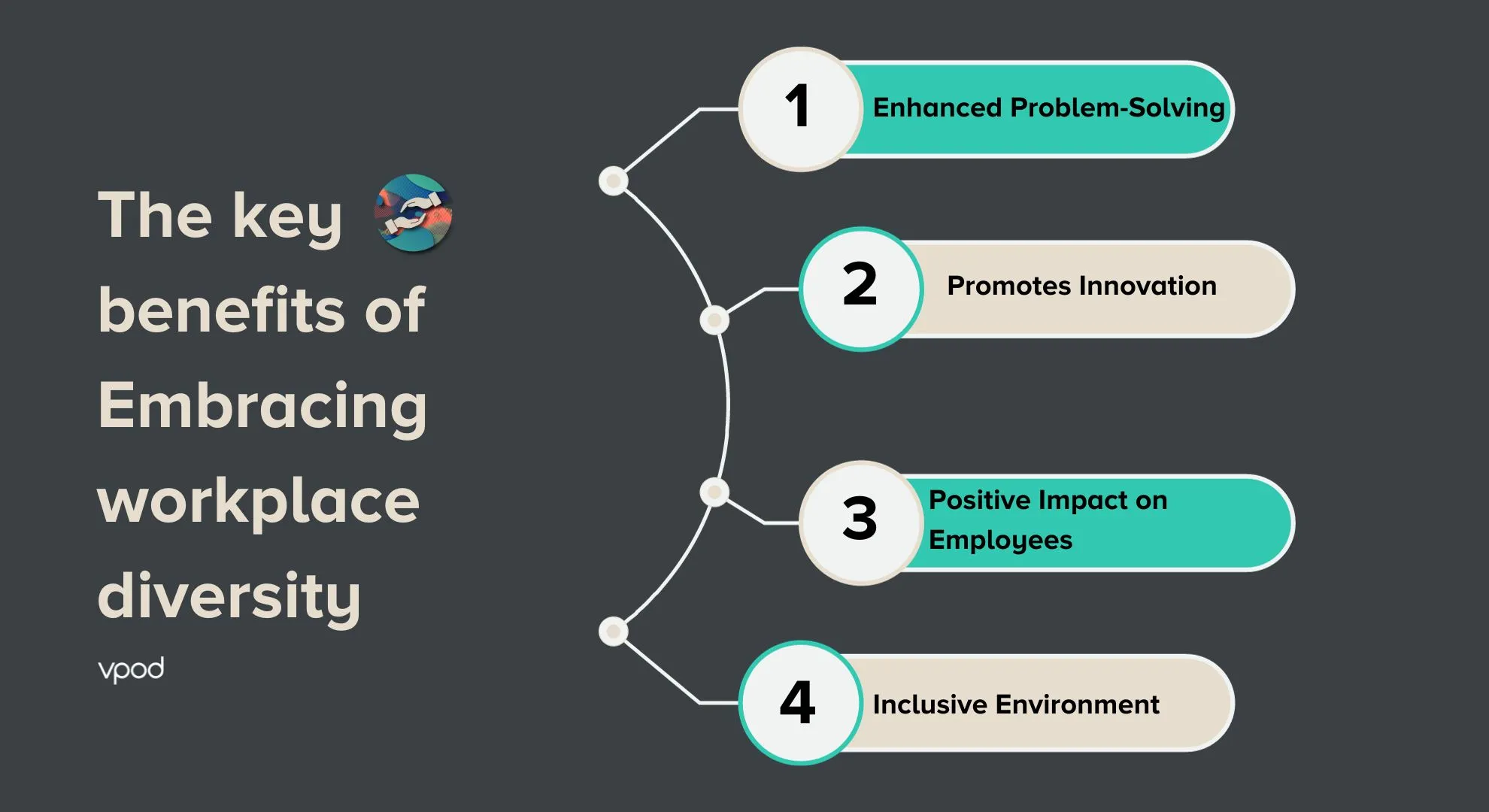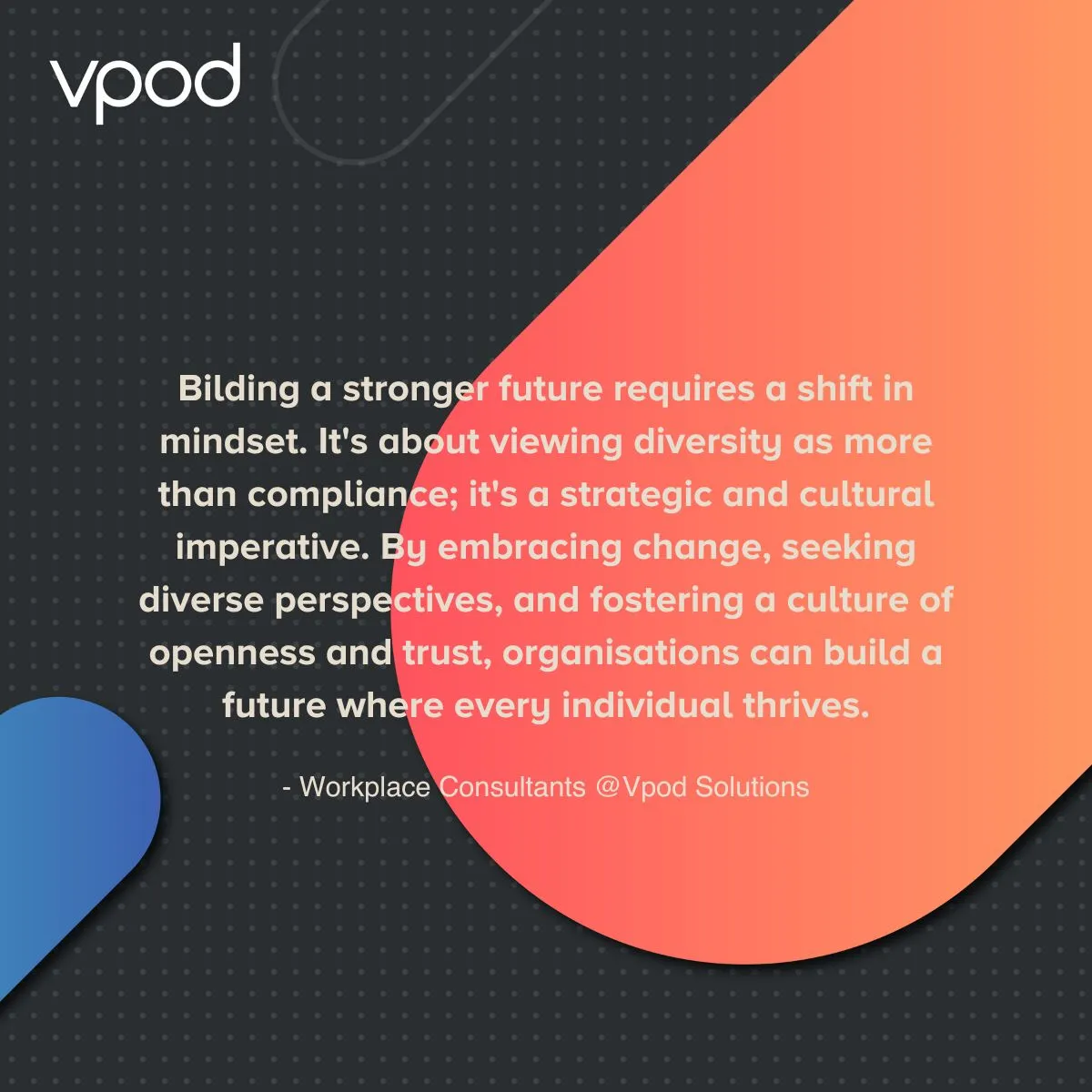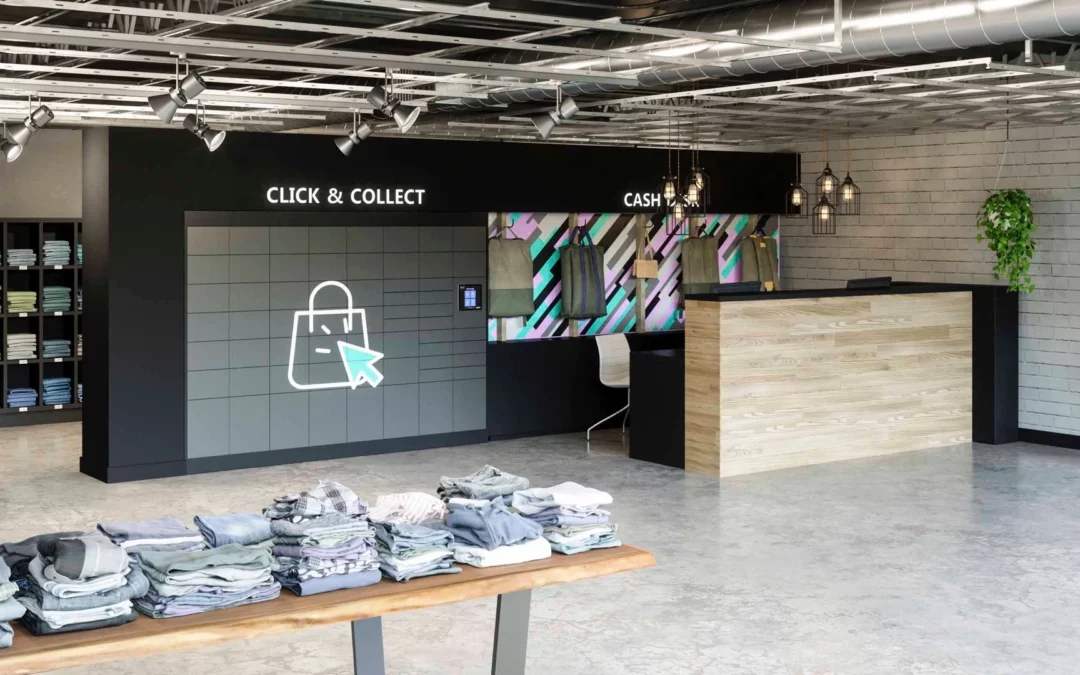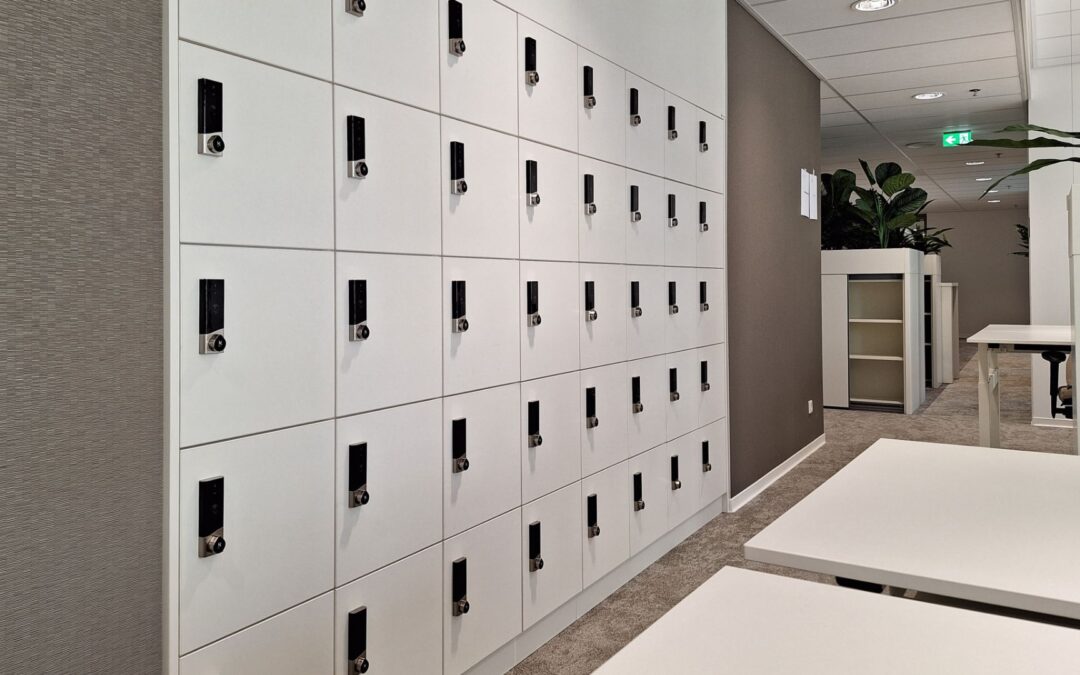Did you know that you can increase your company’s income by around 33% by just being more open-minded? It has been proven time and time again in several studies that workplace diversity is a true benefit. However, many organisations and managers still consider diversity hires “less qualified”, or they deem workplace accommodations to be “too expensive” and therefore not worth implementing.
If this is what people at your workplace think, do you really know what type of benefits and enrichment you’re missing out on?
In our recent white paper, The Human Tech Lab 2, we sat down with workplace professionals in DEI, coaching, recruitment, and IT, to discuss the future of diversity in the workplace. In this blog, we would like to continue the conversation and dive deeper into the profound impact that diversity has on productivity, employee engagement, organisational culture, and, indeed, the bottom line.
What is Workplace Diversity, Equity, and Inclusion?
Workplace diversity refers to the inclusion of individuals from various backgrounds, cultures, and demographics in a company’s workforce. Diversity, Equity, and Inclusion (also known as DEI) goes beyond just gender or ethnicity and aims to create a rich, inclusive, and innovative environment.
Within DEI, there are different aspects to focus on, all of which are important to benefit from the diverse perspectives that different types of people can have.
Points that must be considered include:
- Equal opportunity, regardless of background.
- Gender diversity
- Racial diversity
- Cultural diversity
- Ethnic diversity
- Age diversity
- LGBTQ inclusivity
- Disability inclusion
The Business Case for Workplace Diversity
So, why is Workplace Diversity important? Inclusivity isn’t just about ticking boxes – If this understanding is prevalent in a work environment, it shows that the company’s DEI measurements are incomplete – it’s about understanding the diverse needs of the workforce. Companies stand to gain from investing in the other 90% – the people – rather than saving on the 10% represented by the physical office space.
A study from Gartner revealed that:
“[t]hrough 2022, 75% of organisations with frontline decision-making teams reflecting a diverse and inclusive culture will exceed their financial targets. And gender-diverse and inclusive teams outperformed gender-homogeneous, less inclusive teams by 50%, on average.“
The cost of not prioritising inclusivity can lead to disengaged employees and decreased productivity.
The key benefits of Embracing workplace diversity
Enhanced Problem-Solving
Diverse teams bring a wide range of perspectives, leading to more creative and effective problem-solving.
Promotes Innovation
Diversity fosters a culture of creativity, helping companies adapt to changing markets and stay competitive.
Positive Impact on Employees
A diverse workplace boosts morale, job satisfaction, and motivation among employees.
Inclusive Environment
Valuing individual contributions and perspectives creates a strong sense of belonging, retaining top talent and attracting diverse candidates.
Identifying and Overcoming Unconscious Bias in the Workplace
Bias refers to the preconceived notions and prejudices that individuals hold towards others based on factors such as race, gender, age, or religion. Discrimination, conversely, involves treating individuals unfairly or unfavourably due to these same factors.
Organisations need to educate their employees about the various forms of bias and discrimination that exist, as well as the consequences they can have. By fostering awareness and understanding, individuals can begin to challenge their own biases and work towards creating a more inclusive environment.
The most important DEI strategies to implement when working towards overcoming bias are:
- Provide diversity and inclusion training: Regular training sessions on diversity and inclusion can help employees understand the importance of a diverse workplace and equip them with the skills to challenge bias and discrimination.
- Review recruitment and promotion processes: Organisations should ensure that their recruitment and promotion processes are fair and unbiased. This may involve implementing blind hiring techniques or establishing diverse hiring panels.
The role of Leadership in championing Workplace Diversity
Creating an inclusive workplace culture starts from the top. Managers serve as catalysts for inclusion by implementing policies that value diversity and creating an atmosphere that encourages collaboration and open communication among employees. Managers also have the responsibility to educate their teams about the benefits of workplace diversity, foster empathy, and address any potential biases or discrimination that may arise.
When leadership positions are filled by individuals from various backgrounds, experiences, and perspectives, it provides an opportunity to break free from groupthink and consider alternative viewpoints. It enhances problem-solving abilities and promotes a culture that values and respects unique contributions from all team members.
When employees see leaders who share their background or identity, it creates a sense of belonging and inspires them to perform at their best. Furthermore, diverse management teams can better understand and cater to the needs of a diverse customer base, leading to better customer satisfaction and loyalty.
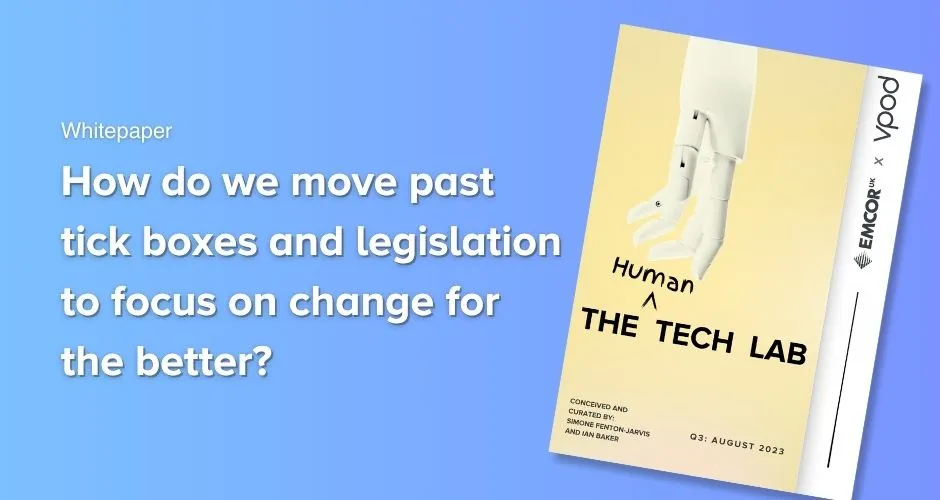
Click the image above to read the whitepaper.
Key Takeaways From the Whitepaper: Human Tech Lab 2
1. Embracing Hybrid Inclusivity
The move towards hybrid work has proven to be a game-changer for diversity, equity, and inclusivity (DEI). No longer confined by the demands of commuting, individuals from all walks of life can now contribute their unique perspectives and talents to the professional sphere. The conversation surrounding the impact on disabled individuals is particularly poignant, highlighting the need for workspaces that accommodate diverse needs.
The acceptance of remote work has unleashed a newfound freedom for individuals to discover their optimal working methods. It’s a recognition that there’s no one-size-fits-all approach to productivity. Whether thriving in a remote, hybrid, or in-office environment, the key is to ask the simple yet profound question: “How do you work best?”
2. Rethinking Pre-Pandemic Ideals
The pandemic forced a rapid reevaluation of our work structures. While some are eager to return to pre-pandemic ideals, it’s crucial to acknowledge the limitations of that mindset. Organizations must confront the challenge of creating parity in a workforce that is now working in diverse ways.
A vital aspect of this shift is the understanding that great people and managers thrive regardless of where the team is based. The insistence on a return to the office is not always rooted in necessity but rather in a reluctance to embrace change and a fear of experimenting with new structures.
3. Buildings and Culture: Shaping the Future
Discussions about the workplace extend beyond the physical environment to the social one. The adage, “We shape the building around us, and the building shapes us,” takes on new meaning in an era where physical proximity is no longer a given. The challenge is to foster a sense of culture without a shared physical space.
Companies are finding creative ways to build culture in a remote setting. “Employee passports” offer a glimpse into the lives and preferences of team members, fostering a sense of connection. But, as our white paper suggests, if something isn’t working, it’s not the people but the building that needs to adapt.
Conclusion
Building a stronger future requires a shift in mindset. It’s about viewing diversity as more than compliance; it’s a strategic and cultural imperative. By embracing change, seeking diverse perspectives, and fostering a culture of openness and trust, organisations can build a future where every individual thrives.
The power of workplace diversity lies not just in the variety of faces in a Zoom meeting but in the richness of experiences and perspectives contributing to a more innovative and resilient future. Diversity is not just a moral imperative, but also a strategic advantage for companies that seek sustainable growth and success. As we continue to provide workplace consultancy services to our clients, we firmly believe that companies that prioritise diversity experience higher employee engagement, improved problem-solving abilities, and better decision-making processes.
Read our recent white paper The Human Tech Lab 2 for Q3 of 2023, where we get deeper insights and solutions from workplace professionals on the topic of DEI and inclusive work structures.
